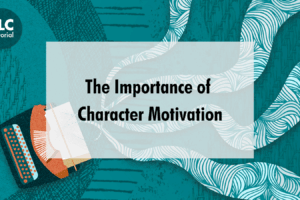Rebecca Swift’s article on how to write a synopsis originally appeared in the Writers’ and Artists’ Yearbook, 2009.
Writing a synopsis
The dictionary definition of ‘synopsis’ (derived from the Ancient Greek meaning) is ‘a brief description of the contents of something’.
The purpose of a synopsis is to inform a literary agent or publisher of the type of book you are writing/have written in a concise, appealing fashion, conveying that you are in command of your subject matter. If you want your manuscript to be given serious consideration, a good synopsis is a crucial part of your submission.
The Writers’ & Artists’ Yearbook will inform you that most publishing houses no longer accept direct submissions but those that do (usually the smaller houses) will usually ask for a cover letter, synopsis and sample chapters rather than a whole work in the first instance. The same applies to literary agents. To put it simply, the sample chapters are to show how you write, and the synopsis is to tell the reader what happens when they have finished reading them. This will help inform the publisher/literary agent whether they think it is worth their while to read more. Then, if they do want to read more, they will ask you.
So, the bottom line is this – if you want to have your manuscript read in its entirety you must invest time in getting your cover letter and book synopsis right. I know from my experiences at TLC that many writers can get disconcerted and nervous by having to produce a synopsis and there are usually two reasons why.
To read the rest of the article, please click here.







